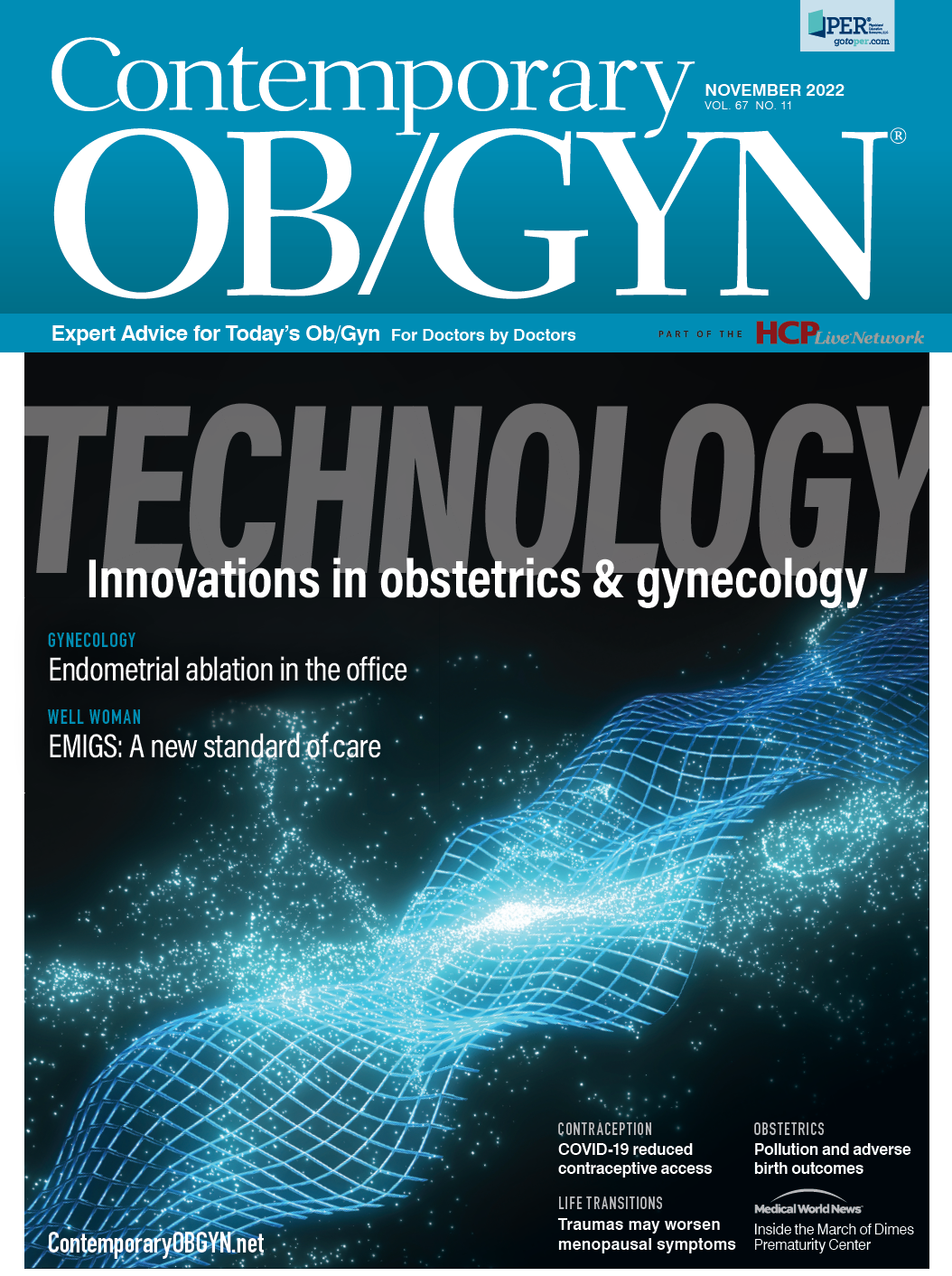COVID-19 vaccine associated with increased menstrual cycle length
In a recent study, participants who had received a COVID-19 vaccine saw an average increase in menstrual cycle length of less than 1 day.
COVID-19 vaccination has been associated with an increase in menstrual cycle length of less than 1 day, based on a large international study.
The study, which was funded by the National Institutes of Health and published in the BMJ Medicine, gathered data from almost 20,000 people across the world who had received any of the 9 different COVID-19 vaccinations. In most participants, menstrual cycle length saw an increase after the vaccine was administered.
“These findings provide additional information for counseling women on what to expect after vaccination,” said Diana Bianchi, MD, director of National Institute of Child Health and Human Development. “Changes following vaccination appear to be small, within the normal range of variation, and temporary.”
This change in cycle is under 8 days, making it fit within the normal range of variation. While not concerning from a professional standpoint, the study authors noted that even minor changes in bodily function surrounding fertility may cause concern and increase vaccine hesitancy.
Data was gathered from a fertility tracking app called Natural Cycles, where women voluntarily provided information on menstrual cycles and body temperature. Over 19,000 individuals participated, with almost 15,000 being vaccinated against COVID-19 while over 4500 were not.
Over 30% of participants were from the United Kingdom, while about 30% were from the United States and Canada, and almost 35% from Europe. Participants were included if they had received any of the following vaccinations: Pfizer-BioNTech, Moderna, AstraZeneca, Covishield, Janssen/Johnson & Johnson, Sputnik, Covaxin, Sinopharm, and Sinovac.
The study period lasted at least 4 consecutive cycles, with at least 3 before vaccination and at least 1 after vaccination being studied. In the cycle after vaccination, vaccinated individuals experienced an average increase of less than 1 day, increasing by about 70% of a day after the first dose and about 55% after the second dose.
Over 1300 participants experienced an increase in cycle length greater than 8 days, making up 6.2% of those vaccinated and 5% of those unvaccinated. This increase was mostly likely in younger woman who had experienced longer circle length prior to vaccination.
The authors recommended further studies to observe other potential physical changes, along with the reasons these changes occur.
Reference
Study confirms link between COVID-19 vaccination and temporary increase in menstrual cycle length. National Institutes of Health. September 27, 2022. Accessed September 27, 2022. https://www.nih.gov/news-events/news-releases/study-confirms-link-between-covid-19-vaccination-temporary-increase-menstrual-cycle-length

Contemporary OB/GYN Senior Editor Angie DeRosa gets insight on the current state of COVID-19 from Christina Han, MD, division director of maternal-fetal medicine at the University of California, Los Angeles, and member of its COVID-19 task force. Han is an active member of the Society for Maternal-Fetal Medicine and discusses the issues on behalf of SMFM.
Listen
